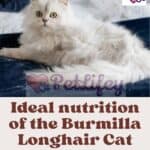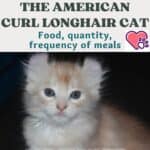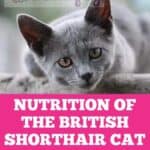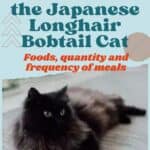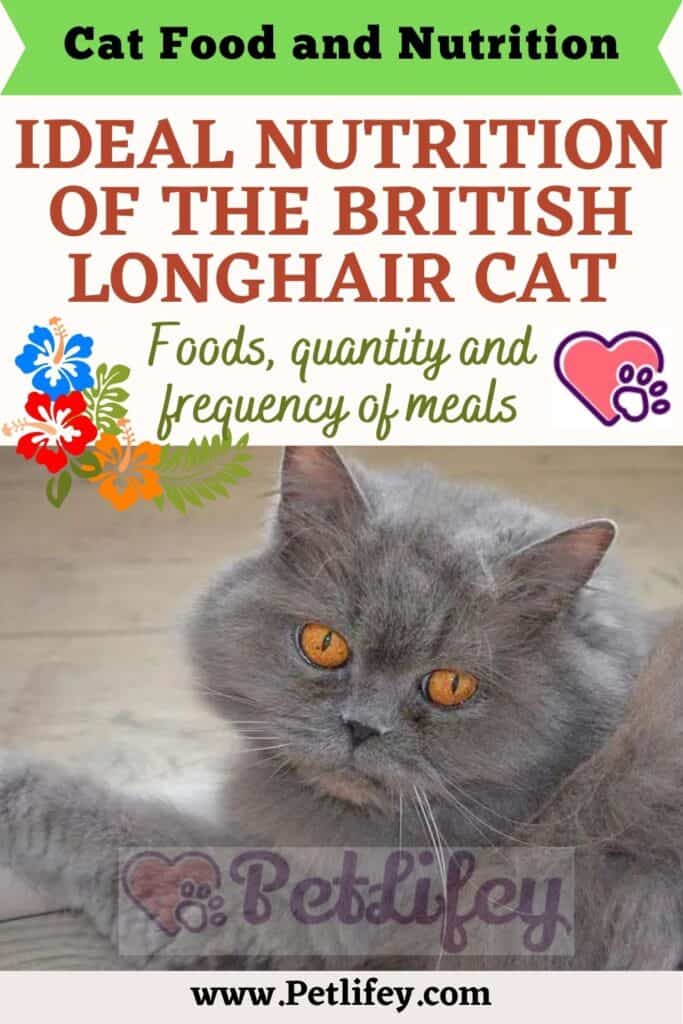
Do you have a British Longhair and are wondering what is the ideal diet for your four-legged friend? Let’s find out together.
Feeding your cat properly is the first step in making sure it stays strong and healthy. Let’s see together what is the ideal diet of the British Shorthair, analyzing the most suitable foods for this breed, as well as the quantities to be administered and how often to feed our beloved quadruped.
Ideal nutrition of the British Longhair: doses and frequency of meals
Majestic, pompous and irresistible: thanks to its magnetic appearance and its adorable character, this kitty conquers anyone’s hearts.
Extremely greedy and predisposed to accumulate excess weight, there are a series of tricks that we will have to put into practice in planning the ideal nutrition of the British Longhair.
First, strictly follow your vet’s instructions. The best advice, in fact, is to ask for the intervention of a professional, who can indicate the ideal quantity of food to be given to the cat, based on a series of factors such as age, weight, lifestyle and health conditions of the cat animal.
How often should you feed the British Longhair? Although in general it is recommended to feed your four-legged friend twice a day, the specimens of this breed love to have small snacks throughout the day.
For this reason, the best advice is to divide the daily ration intended for the cat into small portions. In this way, the feline will be able to make small and frequent snacks, managing to maintain constant energy.
What to feed the British Longhair
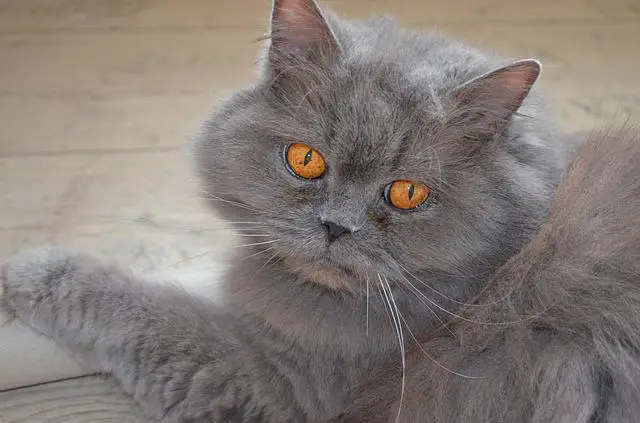
What are the nutrients that cannot be missing in the ideal diet of the British Longhair?
Given the cat’s tendency to obesity, it is strongly discouraged to offer snacks or foods intended for humans, especially if it involves sweets, fried foods or very fatty and carbohydrate foods.
Being an obligate carnivore, meat cannot be missing in its bowl. Among the most suitable types, there are: rabbit, chicken, veal and beef.
Occasionally, you can also give your four-legged friend some fish, such as anchovies, hake, mackerel and plaice. Other essential nutrients in the British Longhair’s diet include:
- mineral salts;
- grassi;
- vitamins;
- water.
This feline has a very demanding palate: at times it can be difficult to satisfy his tastes, to the point that if something does not satisfy him he may prefer to avoid eating at all.
How to make cat meals palatable? Depending on your preferences – and Fuffy’s, of course – you can opt for an industrial diet or a home-cooked diet based on homemade foods. In both cases, the watchwords are freshness and quality.
Finally, it is important to emphasize that close attention must be paid to any prolonged fasting of the animal: there is a risk of liver failure and permanent damage to the liver.

